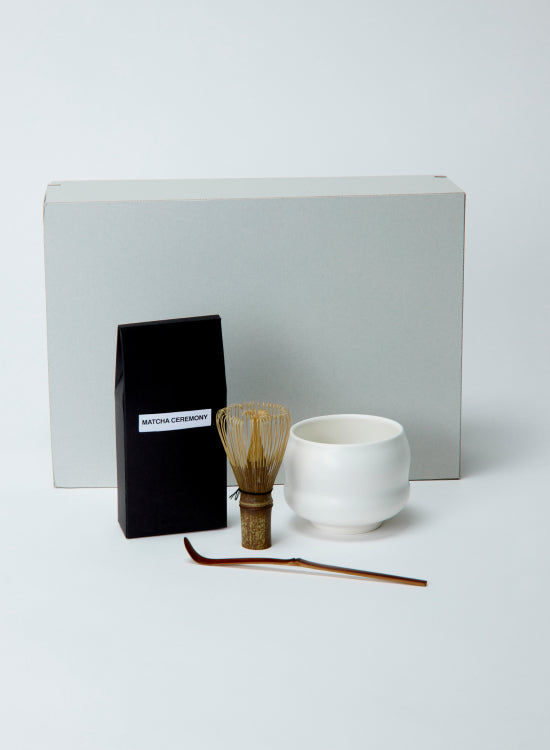Coffee Roasting 101

Roasting Coffee
Roasting coffee transforms the chemical and physical properties of green coffee beans into the roasted coffee products we consume.
The roasting process is what produces the characteristic flavors of coffee by causing the green coffee beans to change in taste.
Green coffee beans are roasted in roaster machines with precision methods to maximize the yield of roasted coffee products, whereas to minimize the pre-produced useful coffee ingredients particularly in “Post Development Time” duration where production and dissociation reactions occur simultaneously.
Factors That Affect Roasted Bean Quality
- Ripeness of the bean’s cherry - and its processing methods after harvest such as natural or semi-natural (honey process), and washed, and drying then hulling methods to separate seeds (green bean) from parchments and pulps.
- The characteristics of the Green bean in its respective category (arabica, robusta), density, size, and moisture contents, storage periods (new crop, old crop, past crop).
- The type of Roaster - heat source (gas, electricity), heat transfer media (conductance, convection, radiation), operation modes (manual, auto), accurate control of temperature, time, and heating rate of rise.
A typical example of coffee roasting;
The most critical part of the process of roasting comes from the chemical reactions that occur in the coffee beans at certain temperature and time. The result of these chemical reactions, aromatics, acids and other flavor components are created, balanced or altered in a way to build the perfect flavor, acidity, after taste and body of coffee.
Maillard Reaction; It is a key reaction for the development of roasted coffee flavor and color. At temperature from 150° – 200° C, carbonyl groups from sucrose and amino groups from amino acids and proteins react to form aroma and flavor compounds. Hundreds of coffee flavor compounds are formed from Maillard chemistry. Despite importance of this reaction, there are so many controvercy remained until now because of its complex chemical reactions with various steps.
Remarks; I think actual reactions to complete Maillard reaction take place at higher temperature and after first crack of coffee, during the “Post Development Time” of whole roasting times.
Caramelization; From 170° – 200° C the sugars in coffee start caramelizing, which browns the sugar and releases aromatic and acidic compounds. During roasting, most of the sucrose is converted caramelized compounds, but you roast the coffee lightly, the sour tasting compounds won’t degrade.
Remarks; As shown in Maillard reaction, carameliztion occurs at nearly same temperature ranges of Maillard reaction. More important things are that both reactions are not a discrete but a competitive due to the common use of sucrose as raw starting material and occur simultaneously.
- First Crack - Around 205° C water inside the bean vaporize, causing the bean to expand and crack (both physically and audibly). Prior to first crack, bean changes from a green/yellow color to a light brown color. Light and further roasts are done after this step.
- Pyrolysis - It is a thermal decomposition of materials at elevated temperatures in an inert atmosphere such as a vacuum gas. At approximately 220° C, the heat causes a chemical change inside the bean, leading to the release of carbon dioxide. The color changes to a medium brown and bean loses around 13% of its weight.
- Second Crack; Pyrolysis continues as temperature reach 225° – 230° C, causing the second crack in the bean. That second crack is the celluose in the cell wall of the bean breaking apart with vigorous carbon dioxide generation and abrupt temperature rise due to the exothermal reaction. The bean is now medium-dark brown in color and has an oily sheen.


